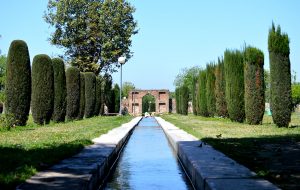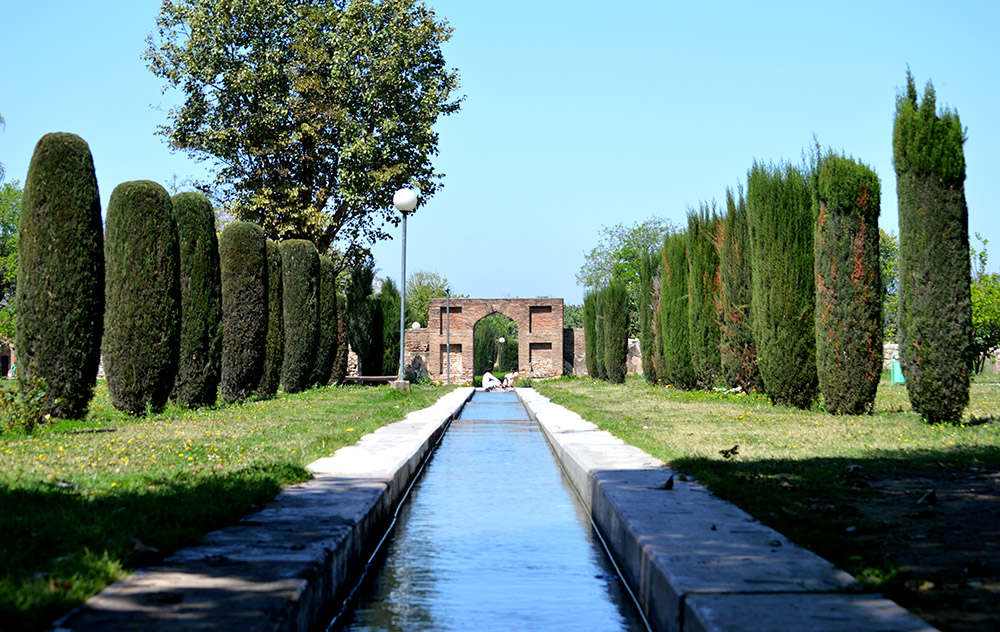Nestled in the serene landscapes of Punjab, Pakistan, the Wah Mughal Gardens represent a splendid example of the grandeur and architectural brilliance of the Mughal era. Often overshadowed by more famous counterparts like the Shalimar and Nishat Bagh in Kashmir, the Wah Gardens remain one of Pakistan’s best-kept secrets, awaiting exploration by tourists keen on delving into the country’s rich historical and cultural heritage. This article invites you on a journey through the Wah Mughal Gardens and the surrounding historical sites, offering a glimpse into a bygone era of majesty and meticulous garden design that characterizes the Mughal architectural legacy.
The Legacy of Wah Mughal Gardens
Historical Overview
The Wah Mughal Gardens were established during the Mughal Empire, a period known for its significant contributions to art, architecture, and landscaping. These gardens were conceived as a resting place for Mughal emperors traveling between the imperial capitals of Lahore and Kashmir. The name “Wah” is derived from the exclamation of wonder expressed by Mughal Emperor Jahangir upon witnessing the natural beauty of this location. Enchanted by the site’s charm, Jahangir decided to embellish it with the beauty of Mughal garden architecture, leading to the creation of the Wah Gardens.
Architectural Splendor
Mughal gardens are renowned for their symmetric beauty, intricate designs, and integration of nature with architecture, and the Wah Gardens are no exception. Although much of its original grandeur has faded with time, the garden’s layout—characterized by geometric patterns, water channels, and ornamental plants—still reflects the Mughal affinity for harmony and precision in design.
Key Features of the Wah Mughal Gardens:
- Water Channels and Fountains: Central to the garden’s design, these elements symbolize life and vitality, creating a serene ambiance.
- Terraced Layout: Reflecting the Persian influence on Mughal architecture, the terraced layout is designed to highlight the natural landscape’s beauty.
- Pavilions and Baradaries: Strategically placed pavilions offer rest and contemplation spots, embodying the Mughal love for leisure and aesthetics.
Surrounding Historical Sites
The region around the Wah Mughal Gardens is dotted with historical landmarks that tell the story of Pakistan’s rich past. Here are some sites that make for a compelling visit:
- Hassan Abdal: Home to the famous Panja Sahib Gurdwara, this town is a significant pilgrimage site for Sikhs worldwide and offers insights into the spiritual diversity of Pakistan.
- Taxila: An ancient center of learning and culture, Taxila boasts a wealth of archaeological sites dating back to the Gandhara civilization, including stupas, monasteries, and the Taxila Museum.
- Rawalpindi: A bustling city with a blend of colonial and Mughal architectural heritage, offering a glimpse into the region’s historical layers.
- Attock Fort: Built by Akbar the Great, this fort stands as a testament to the strategic importance of the region and the Mughal military architecture.
Planning Your Visit
- Best Time to Visit: The ideal months to explore the Wah Mughal Gardens and surrounding areas are from October to March, when the weather is pleasant.
- Getting There: The gardens are located near the town of Wah, Punjab, easily accessible from Islamabad and Rawalpindi by road.
- Visitor Tips: Wear comfortable walking shoes, carry water, and don’t forget your camera to capture the scenic beauty and historical essence of the gardens and nearby sites.
Why Visit the Wah Mughal Gardens?
A visit to the Wah Mughal Gardens is not just a step back into the opulent world of the Mughals; it’s an opportunity to immerse oneself in the tranquility and beauty that these gardens were designed to embody. Beyond their historical significance, the gardens and the surrounding sites offer a unique blend of cultural, spiritual, and architectural marvels that represent the diverse tapestry of Pakistan’s heritage.
In conclusion, the Wah Mughal Gardens and their environs are a testament to the rich cultural and historical legacy of Pakistan. For tourists eager to explore the lesser-known facets of Pakistan’s historical landscape, a visit to these gardens and the surrounding historical sites promises an enriching, enlightening, and unforgettable journey through time. Whether you’re a history enthusiast, an architecture aficionado, or simply in search of peace and beauty, the Wah Mughal Gardens await to offer you a glimpse of the past, preserved within the embrace of nature.
Discover Top 20 Places to Visit in Islamabad and Surroundings: A Traveler’s Ultimate Guide

